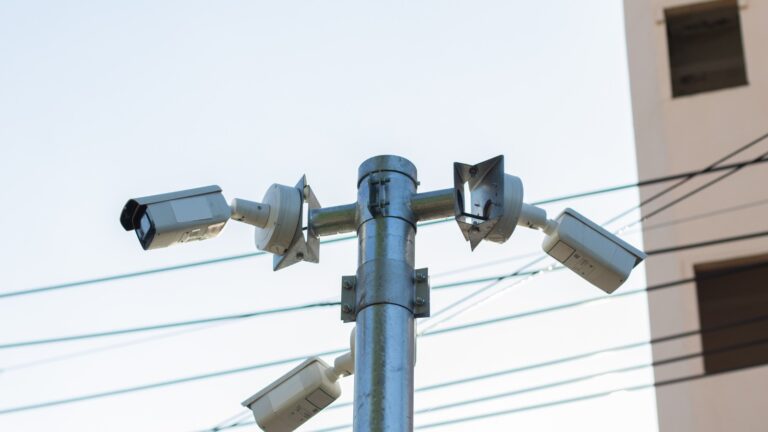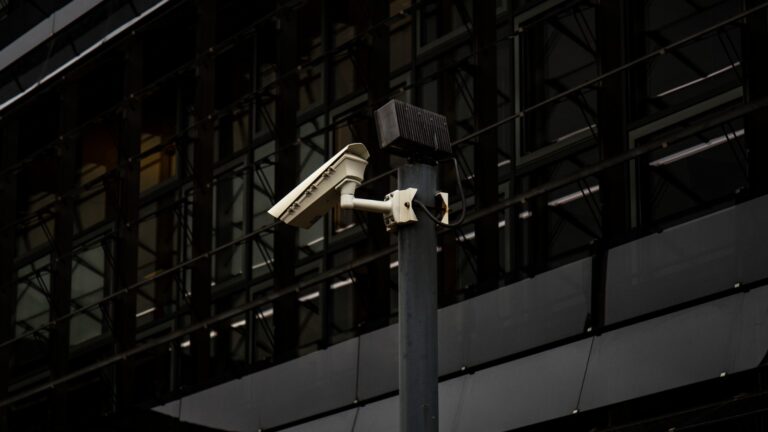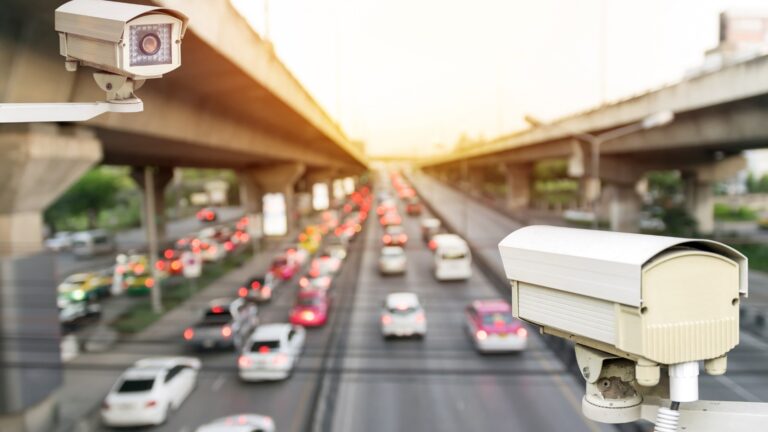Australia is enriched with many highways, like the lifeblood of the country’s transportation system. That is why the performance of these highways is so important for the governing authorities. When it comes to Australia, they found the best solutions to ensure the safety and high performance of these highways through new technology. That is how CCTV technology or ‘Closed-Circuit-Television’ enters the scenario.
In this article, we are going to explore the effectiveness of CCTV technology in highway management and how it offers the best solutions for the challenges in an accurate manner.
What is CCTV Technology?

It is a framework in which all components, from cameras to recording devices, are linked together directly to transmit valuable visual data on a closed circuit, as the name indicates. CCTV is a closed-loop system, meaning that all information transmitted remains within the system. Those visuals captured on CCTV are not transmitted over public radio channels.
The main use case for CCTV is for security purposes. Many businesses, no matter what industry they belong to, rely on CCTV for protection. While the security system may not stop theft from occurring, it will prevent criminal activity from occurring in the first place. Live footage was the primary feature of CCTV when it first popped onto the security scene. Not long after, the technology has widened its capacity from just a camera to a recording device. In today’s world, CCTV has become one of the main pieces of evidence in front of law.
Key Challenges in Highway Performance

Infrastructure Maintenance and Rehabilitation
When it comes to managing highways, infrastructure maintenance and repair represent an immense problem for the governing authorities. But why? Infrastructure will not remain the same all the time. It keeps getting exposed to large traffic loads and the weather throughout the year. These ageing roads and bridges require significant and continuing maintenance to maintain their operation and safety at the same level. That is why the necessity for thorough repair and rehabilitation is becoming more essential as these important parts of the transportation networks degrade over time.
Neglecting this important work can result in a wide range of issues, such as decreased road safety, elevated accident risks, longer-term maintenance expenses, and impediments to the movement of people and commodities.
Rising Safety Concerns
The threat of accidents, injuries, and fatalities on highways continues to be a major concern in Australian highway management. It is quite evident that these problematic situations take place too frequently within the complex infrastructure of highways. The main culprit behind them is, undoubtedly, poor weather conditions.
For example, extreme weather conditions, such as hurricanes, worsen safety problems by destroying roadways and lowering visibility. In order to find the best solutions to these safety issues, the management parties are required to be innovative and strategic with better road design, cutting-edge highway management technologies, stricter enforcement of traffic regulations, and greater public awareness initiatives.
Sustainability and Environmental Impact
Although it plays an important role in a country’s transportation system, highways also can express a significant impact on the environment and exacerbate several ecological problems. This ranges from road construction and growth disrupting natural ecosystems to car emissions that worsen air quality. Plus, another important part that roads play in causing climate change by releasing greenhouse gases. It is a difficult effort to strike a balance between the requirement for effective transportation networks and the desire to lessen these negative environmental consequences.
It requires the development of eco-friendly infrastructure, the promotion of sustainable transportation alternatives, and the implementation of innovative solutions that minimise the environmental impact of highways. Also, it is important to spot the vehicles that discharge toxins into the environment as one vital initiative.
How CCTV Technology Optimises Highway Performance

Enhanced Security and Emergency Response
These systems extend their abilities to be utilised to see and quickly address possible security threats on the highways. CCTV cameras offer real-time monitoring and event documentation, whether they are looking for illegal entry into restricted areas or investigating suspicious activity.
Furthermore, the need for CCTV is useful during crises. It serves as a vital tool, giving emergency workers priceless situational awareness. They can obtain rapid information by receiving live views of the event area, empowering them to decide wisely and use resources more efficiently.
Incident Verification
There can be times when something massive occurs on the highways, yet there is no evidence that this thing actually took place. That is where you need cutting-edge technology like this. In the process of incident verification and rebuilding along highways, CCTV footage plays a crucial role as an indisputable source of evidence. This thorough visual documentation helps law enforcement authorities and insurance providers quickly determine blame and liability in accidents. Also, it can speed up the settlement of insurance claims and legal issues.
As a result, there is a quicker return to regular traffic flow, which is crucial because it leads to safer and more effective highway management. This also serves to lessen the total impact of events on-highway performance.
Real-time Weather Monitoring
These surveillance cameras are a priceless resource for monitoring the current weather conditions on roadways. They capture rain, snow, fog, ice, and other weather events in real time, giving transportation authorities crucial information for making decisions. If Weather monitoring is concerned, it enables prompt reactions to shifting weather trends in Australia. No authority can stop these changes from happening, but there are certain ways to lessen the effects of bad weather through these strategic solutions. CCTV enables highway managing bodies to proactively deploy snowploughs, salt spreaders, or other road treatment tools.
Further, it helps in spotting dangerous situations like slippery patches or reduced visibility, enabling prompt adoption of safety precautions and road closures as required. CCTV systems are a technique that helps to safer and more effective highway operations by increasing weather monitoring and reaction to next-level.
Spotting Errors of Road Condition
Real-time evaluation of the state of the roads is made possible by these camera systems now. It can provide the authorities with insights into potential dangers including water, ice, potholes, and trash. Highway management could proactively detect and solve problems before they develop into accidents or interruptions through regular monitoring of the state of the roads. Also, the information gathered by CCTV cameras enables the creation of predictive models that foresee unfavourable circumstances as a result.
This highly encourages prompt preventive actions like lane closures, speed limit modifications, or warnings to drivers in advance. This proactive strategy not only improves safety but also helps the flow of traffic efficiently, decreasing accidents and congestion in the process, and eventually providing a safer and more comfortable ride for all road users.
Real-time Incident Detection
Due to various reasons, there can be many breakdowns or collapses within the infrastructure of the highways. It needs to spot them on the spot before it will become problematic. CCTV cameras play a crucial role in quickly spotting and alerting authorities to a variety of roadway problems such as crashes, breakdowns, and road debris. This quick detection enables prompt action, which facilitates the removal of barriers and the reduction of traffic congestion.
As the CCTV technology is coupled with other robust software like IoT and Digital Twin, the information that it gathers is transmitted to one place. The data can be monitored, analysed and utilised when making wise decisions from the management end. As a result, the continuous flow of traffic remains uninterrupted, leading to smoother journeys and minimal delays for commuters and travellers.
Grabbing Technology Vigilance for Enhanced Security

Since you have read our article from the beginning, you know that it is important to foresee the obstacles before it happens. It is the beauty of these modern technologies. As they are empowered by sophisticated software features and functionalities, it has become ‘one-world’ with massive data at your fingertips.







